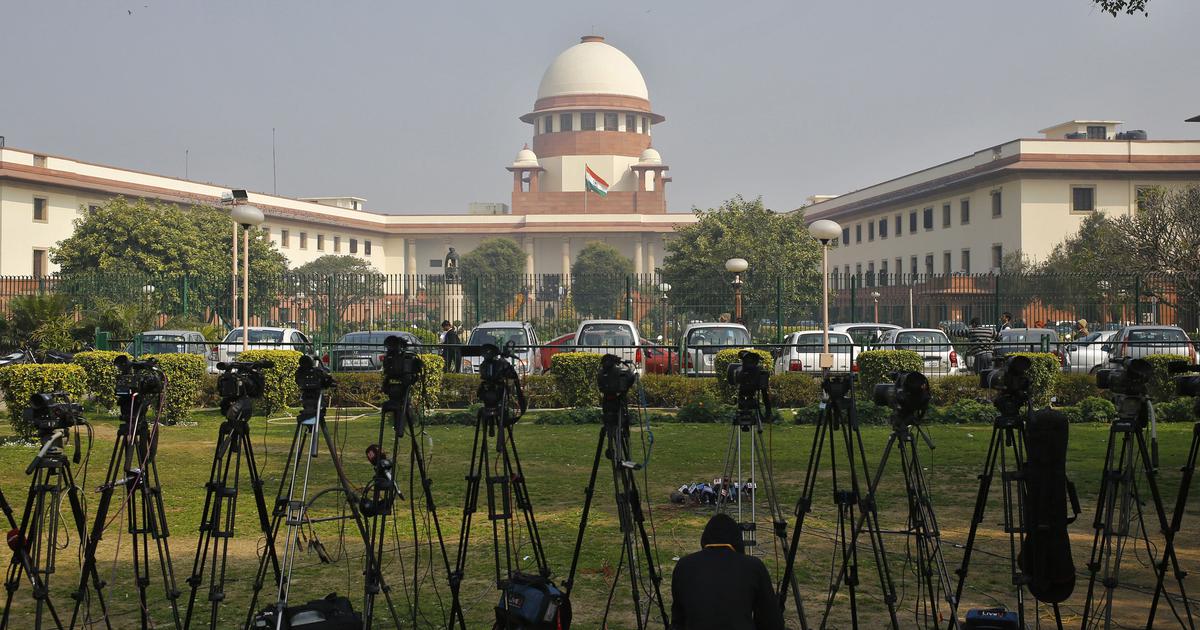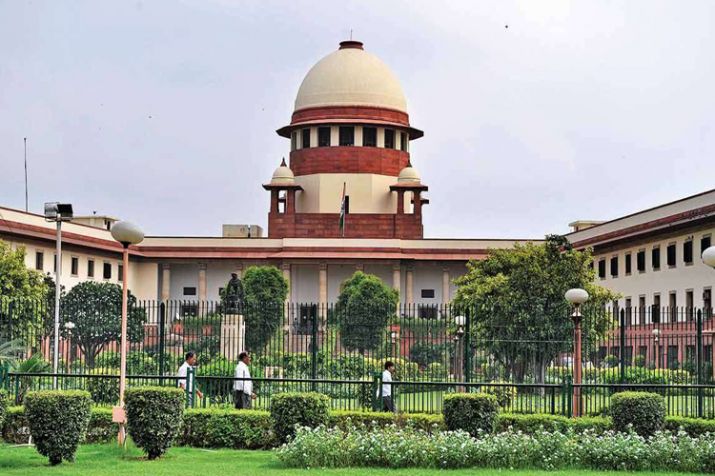Now Reading: SC: Employee should know his recruitment process, department is not responsible to make them aware of it
-
01
SC: Employee should know his recruitment process, department is not responsible to make them aware of it

SC: Employee should know his recruitment process, department is not responsible to make them aware of it
A two-judge bench of the apex court on 15.03.2019 in P. Subramaniyam V. Union of India & Ors. (CIVIL APPEAL NO. 7779 OF 2012) allowed the appeal filed against the judgment and order passed by the High Court of Judicature at Madras by which the High Court dismissed the writ petition and upheld the order passed by the Central Administrative Tribunal at Madras.
The bench was headed by:-
· JUSTICE M. R. SHAH
· JUSTICE L. NAGESWARA RAO
FACTS:
The appellant was appointed as Semi-skilled worker, later was promoted as Skilled worker, in the respondent no.2 (R2) office, Heavy Alloy Penetrator Project. The appellant was further promoted and designated as Highly Skilled worker. The next promotional post was the Chargeman GradeII (Electrical) which was governed by the statutory Rule notified by the Government of India and the post was required to be filled in as per the quota of 50% by way of promotion; 25% by way of LDCE (Limited Departmental Competitive Examination) and 25% by way of Direct Recruitment (DRQ). The appellant was promoted to the post of Chargeman GradeII (Electrical) in the quota of 25% LDCE. Respondent No.4 (R4) applied for the same post in 25% DRQ as well as in 25% LDCE quota and was selected in both but he opted DRQ and refused LDCE quota. When the seniority list in the cadre was published, the direct recruitee was to be placed below the LDCE, R4 was placed in the seniority list below the appellant, as R4was appointed in the 25% DRQ. Therefore, R4 made a representation to R2 which was rejected on the ground that he had been placed at an appropriate place in the respective seniority list as per the quota rule.
R4 approached the Central Administrative Tribunal, Madras by way of O.A. which was opposed. However the learned Tribunal later allowed it by observing that as an employee R4 was not aware of the rota-quota rule and directed the department to place the original applicant in the seniority list above the appellant and one another.
Feeling aggrieved and dissatisfied with the order of the learned Tribunal, the appellant preferred a writ petition before the High Court which was dismissed and the order passed by the learned Tribunal was confirmed.
As a result the original writ petitioner preferred the appeal in the Supreme Court against the order passed by the High Court.
ISSUES:
· Who was responsible for the understanding of the recruitment process?
OBSERVATIONS:
The court observed that:-
· Both, the High Court as well as the learned Tribunal, committed a grave error in directing to place the original applicant R4 in the seniority list above the appellant.
· The appellant was promoted to the post of the Chargeman GradeII in the LDCE quota and as per the rules, the seniority was required to be fixed as per the quota-rota rule and as per the rule position in that year the direct recruitee was to be placed below the LDCE quota, since the LDCE selection process was treated as the Fast Track promotion.
· R4 did not accept his appointment/promotion in LDCE quota though selected and offered but he continued his appointment as a direct recruitee.
· The learned Tribunal as well as the High Court were not justified to grant the relief to R4 on the ground that the department ought to have informed and/or advised the employee wrt the seniority to be fixed on the basis of rota-quota rule and as the department failed to do so, R4 cannot be denied his legitimate right to be placed at an appropriate place in the seniority list, as otherwise also he was selected for a promotion in the LDCE quota also.
· It was for the employee to know the rule. The department was not expected to advise and/or tell the employee about how the seniority will be fixed and/or about the rota-quota rule.
· Since as per the rule position in that year the direct recruitee was to be placed before the LDCE, therefore R4 was rightly placed below the appellant in the seniority list being a direct recruitee.
HELD:
The Supreme Court allowed the appeal setting aside the impugned judgment and order and dismissing the original application preferred by R4.
For full judgement refer:
[embeddoc url=”https://www.supremecourt.gov.in/supremecourt/2008/2314/2314_2008_Judgement_15-Mar-2019.pdf” download=”all”]









